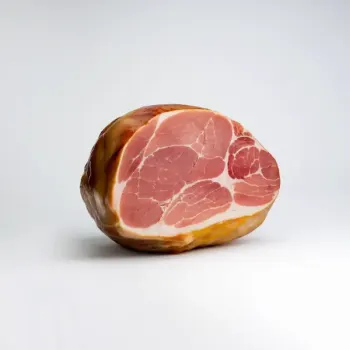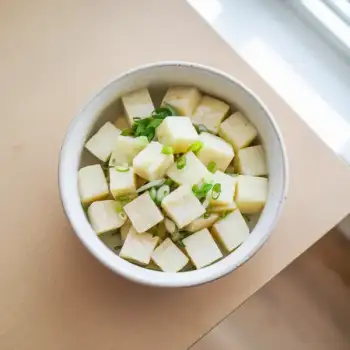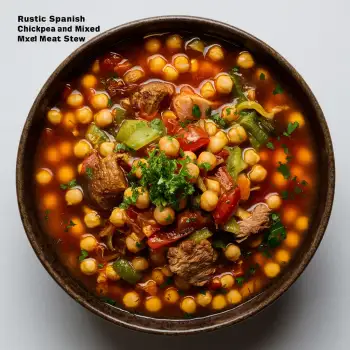


Deli Ham
Pre-cooked and sliced ham, typically found in the refrigerated section, ideal for sandwiches and quick servings.
Cured Ham
Treated with brine or dry salt, cured ham comes in varieties such as country ham, prosciutto, and jamón.
Whole Ham
Uncured and unprocessed, this form requires cooking and is often sold as a full, half, or spiral-sliced cut.
Canned Ham
Fully cooked ham that is preserved in a can, convenient for storage and quick meals.
Smoked Ham
Cured or uncured ham that has been smoked over wood chips for flavor, available as bone-in, boneless, or sliced.




Deli Ham: Boar's Head
Cured Ham: Prosciutto di Parma
Whole Ham: Smithfield
Canned Ham: Hormel
Smoked Ham: Nueske's

Baking: Baking is a common method for preparing ham, especially during holidays. Preheat the oven to 325°F (165°C), place the ham on a rack in a roasting pan, and cover it with foil to retain moisture. Bake until it reaches the desired internal temperature, uncovering and applying a glaze during the last 20-30 minutes if desired.
Grilling: Grilling can impart a smoky flavor to ham steaks or slices. Preheat the grill to medium-high and cook the ham until it's heated through and has nice grill marks, which adds texture and flavor. Glazes can be brushed on during the last few minutes of grilling.
Slow Cooking: For a hands-off approach, especially with a pre-cooked ham, the slow cooker is ideal. It keeps the ham moist and tender. Simply place the ham inside the slow cooker with your choice of liquids or glaze, and cook on low for several hours until heated through.













